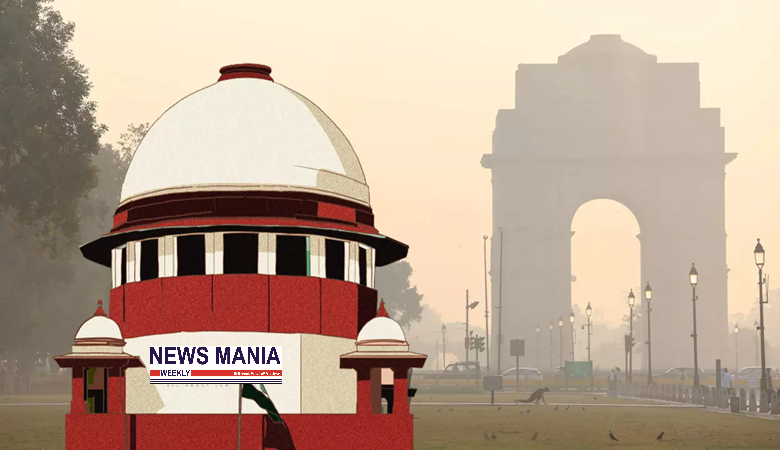The Supreme Court requests a report on the admission of large vehicles and highlights GRAP-4 shortcomings

Hearings in the appeal for orders to reduce air pollution in Delhi-NCR were resumed by the Supreme Court on Friday. Early this week, the Air Quality Index (AQI) reached “severe-plus” levels, requiring the use of Stage 4 of the Graded Response Action Plan (GRAP), which temporarily stops building at public projects and prohibits vehicle entrance.The Delhi administration and municipal police failed to enforce GRAP Stage 4 limitations on heavy vehicles entering the Capital, according to the Supreme Court’s ruling. In order to confirm if heavy vehicles had been allowed admission, the highest court requested CCTV footage from all 13 main entry points.
In order to determine if heavy vehicles and light commercial vehicles (LCVs) registered outside of Delhi that are not transporting necessities are permitted, the Supreme Court assigned 13 attorneys to visit the 13 locations and provide a report by Monday, November 25. On Monday, the Supreme Court will consider the case.
The Supreme Court ordered all Delhi-NCR states to immediately establish teams to strictly enforce anti-pollution GRAP 4 restrictions during the most recent hearing earlier this week regarding air pollution in Delhi and its neighboring cities of Noida, Ghaziabad, Gurugram, and Faridabad, all of which are under the National Capital Region. It was made clear that the curbs would remain in place until further orders.
On Friday, the Supreme Court stated that it is extremely impossible to believe that the GRAP 4 ban on truck access into the nation’s capital has been lifted. The bench of Justices Abhay S. Oka and Augustine George Masih noted, “It is very difficult for us to assume that entry of trucks in Delhi has been stopped.” The bench stated that it intends to order the Center to assign police officers to each of the 13 locations in Delhi to monitor truck entry and provide a report by November 25, the date of the next hearing.
Delhi’s air quality is categorized into four stages according to the National Capital Region’s (NCR) Graded Response Action Plan (GRAP): Stage I is “poor” (AQI 201-300); Stage II is “very poor” (AQI 301-400); Stage III is “severe” (AQI 401-450); and Stage IV is “severe plus” (AQI >450).According to the Supreme Court bench, the CAQM’s strategy appears to have been to postpone Stage 3 and Stage 4 implementation in order to wait for the AQI to improve. “This strategy is absolutely incorrect. It is the Commission’s responsibility to begin implementing GRAP-3 and GRAP-4, when applicable, immediately, even before the AQI reaches the threshold limit.






